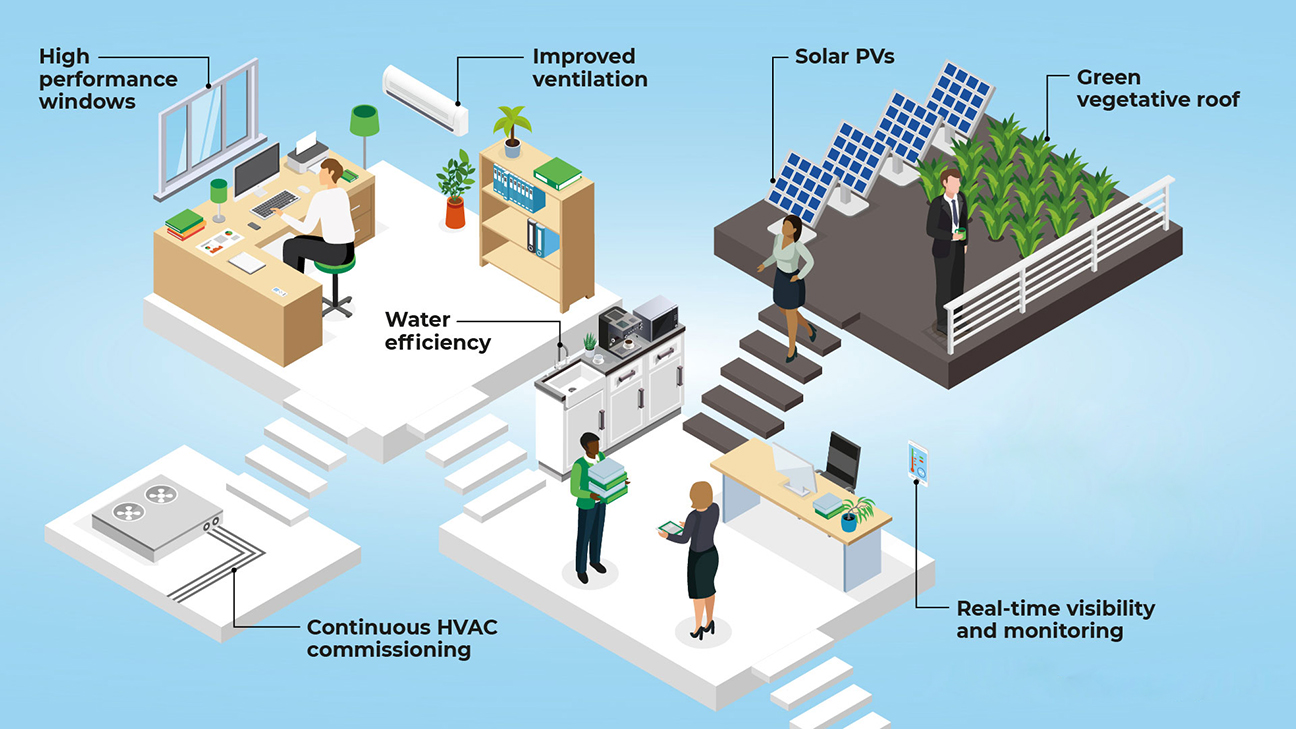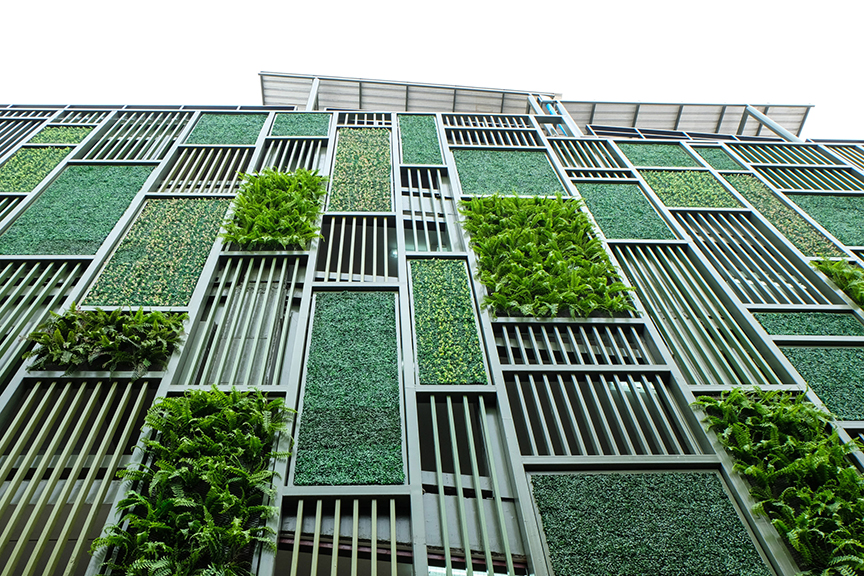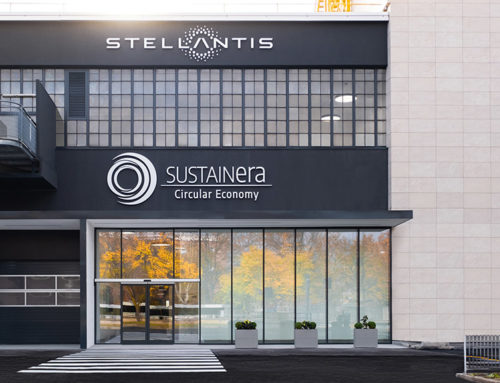As the world grapples with the ever-growing threat of climate change, a silent culprit often goes unnoticed: buildings. In the United States, building operations contribute to nearly 40 percent of national carbon emissions. To address this issue, an increasing number of cities and states are taking proactive steps to incentivize building owners to undertake low-carbon retrofitting. These retrofits not only reduce carbon emissions but also offer substantial long-term savings through enhanced energy efficiency. This burgeoning movement has the potential to not only combat climate change but also serve as a catalyst for economic growth, job creation, and labor development.
In North America, the current rate of building retrofits stands at a mere 1 percent, falling significantly short of the targets set in the Paris Agreement. Experts estimate that the rate of retrofits must at least triple to align with these climate goals. Achieving this requires an estimated investment of $3 trillion, positioning the low-carbon retrofit economy as a promising source of economic growth in the coming decades.
Recognizing the urgency of the climate crisis, policymakers are prioritizing low-carbon retrofits as a way to meet emissions targets while simultaneously stimulating job creation and economic growth. For instance, the City of New York, where buildings account for a staggering 68 percent of all emissions, passed Local Law 97 in 2019. This ambitious legislation mandates building owners to reduce emissions in structures larger than 25,000 square feet by 25 percent by 2024 and 40 percent by 2030. To support these efforts, the city has launched a “retrofit accelerator,” offering building owners technical guidance, information on incentives, and financing options.
For many businesses, particularly commercial real-estate portfolio owners and retailers still recovering from pandemic-related challenges, low-carbon retrofits may appear as an additional financial burden. However, the reality is that these investments can yield substantial returns, especially when considering incentives and cost savings.

Catalys Labs, a Canadian AI company, specializes in helping building owners develop tailored low-carbon retrofit plans. According to Catalys CEO Luke Ferdinands, reducing energy and carbon emissions is a highly reliable investment for retail organizations. These investments, though incremental, lead to reduced operating costs, lower maintenance expenses, and improved operational efficiency. The ROI on low-carbon retrofits is among the most attractive options in today’s market.
Cities and states across North America are taking inspiration from New York’s example and crafting their own retrofit policies. Vancouver, British Columbia, where 55 percent of emissions stem from buildings, is striving to achieve net-zero emissions from buildings by 2040. The city is imposing penalties on properties that exceed prescribed emission intensity limits, creating a compelling business case for low-carbon retrofits. Additionally, Vancouver is mandating emissions and energy use reporting for all buildings, further driving the transition towards sustainability.
Toronto is also following suit, with plans to enforce emissions-performance standards aligned with the city’s climate targets. Non-compliant building owners will face fines, with the revenue allocated to furthering municipal climate action.
While retrofitting can be a complex process for large portfolio owners, it presents opportunities for resilience enhancement and customer-facing upgrades, such as EV charging and onsite renewables. Waiting to act can be costly, as financial incentives for retrofits are becoming more attractive, and emissions penalties are on the rise. Therefore, building owners are encouraged to adopt a proactive, portfolio-wide strategy that maximizes incentives and financing opportunities while minimizing potential penalties.
Retrofitting for a greener future is not just a moral imperative; it’s a pathway to economic growth and sustainability. As cities and states strive to meet their emissions targets, building owners and policymakers must act decisively to capitalize on the current wave of incentives and funding opportunities. As Luke Ferdinands of Catalys Labs aptly puts it, “The time to act is most definitely now.”






